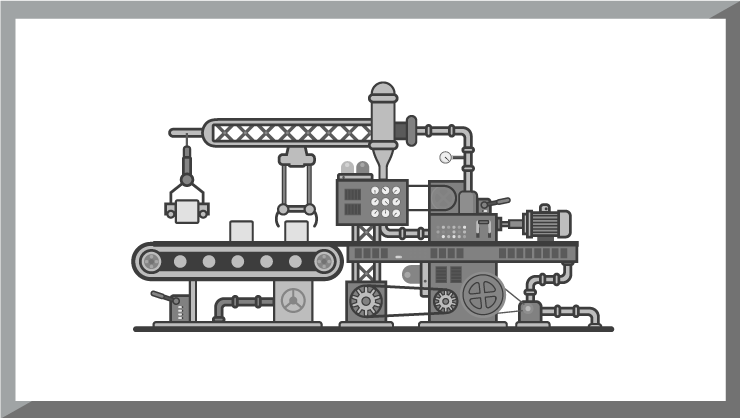At Neurex AI, we specialize in the innovative realms of Artificial Intelligence (AI) and Machine Learning (ML), offering cutting-edge solutions that transform industries. Navigating the AI/ML landscape can be complex, with overlapping terms and varied definitions. This guide will help clarify the distinctions and subcategories within AI and ML, providing a clear understanding of these powerful technologies.
General vs. Specialty AI
AI is a broad field with numerous sub-fields, methodologies, and applications. One of the key distinctions in AI is between general AI and specialty AI. General AI, or Artificial General Intelligence (AGI), refers to the concept of creating machines capable of reasoning and performing tasks across a wide range of domains, similar to human intelligence. While AGI remains a theoretical concept for now, the progress in AI continues to pave the way for its future development.
On the other hand, specialty AI focuses on specific tasks and applications. At Neurex AI, we leverage specialty AI to develop solutions that address particular challenges such as image recognition, equipment failure prediction, and fraud detection. This specialization has driven significant advancements in the AI field over the past few decades.
Sub-fields of Specialty AI
Specialty AI encompasses several sub-fields, including Machine Learning (ML), optimization, and logic. Among these, ML stands out for its versatility and impact. Machine Learning employs powerful statistical learning techniques that enable algorithms to learn from data and solve a wide array of problems. This ability to learn and adapt makes ML essential for applications such as personalized recommendations, search result optimization, spam filtering, and fraud detection.
Machine Learning Techniques
Machine Learning is divided into three main subcategories:
Supervised Learning: Involves training algorithms on labeled data, enabling them to make predictions or classifications based on new input data.
Unsupervised Learning: Deals with unlabeled data and helps in discovering hidden patterns or structures within the data.
Reinforcement Learning: Involves training algorithms through trial and error to maximize rewards in a given environment.
Each category includes traditional ML algorithms and newer, more advanced deep learning techniques. These approaches are integral to the solutions we develop at Neurex AI, ensuring our clients benefit from state-of-the-art technology.
The Economic Value of Machine Learning
Machine Learning has proven its capability to unlock significant economic value by solving real-world problems. At Neurex AI, we harness the power of ML to deliver practical solutions that drive efficiency and innovation. Our expertise in AI and ML enables businesses to achieve their goals, whether through improving operational efficiency, enhancing customer experiences, or detecting and preventing fraud.








